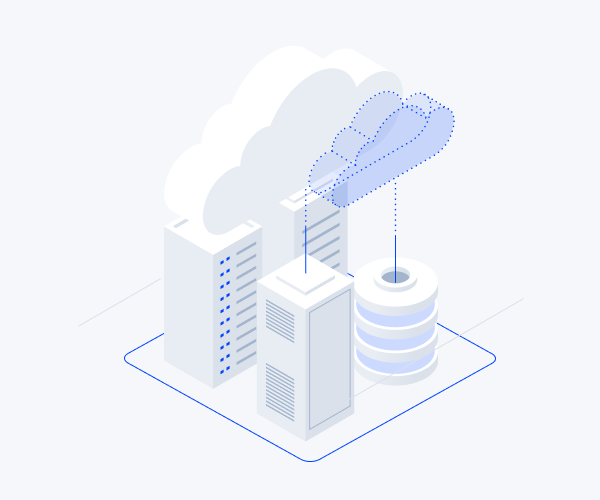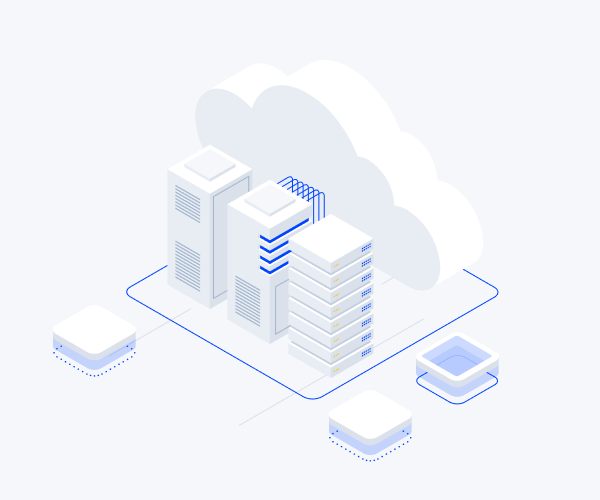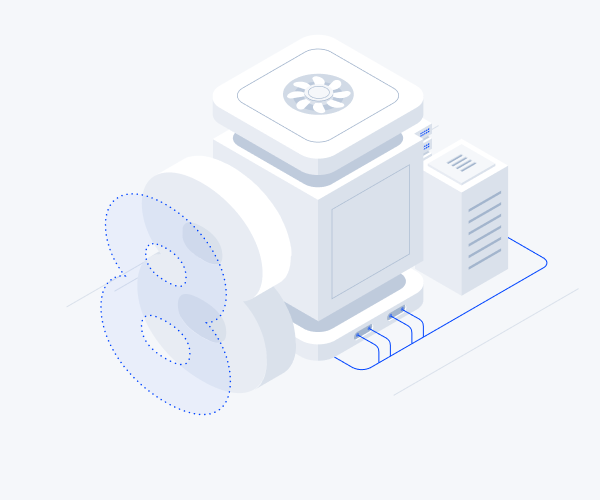What Is Cloud Infrastructure, how it works, and what its future holds

With the global cloud computing revenue forecasted to exceed $342B by 2025 at 24.8% CAGR, cloud computing is expected to transform the models that run tech and business enterprises in ways beyond our imagination. However, due to the expensive implementation and management of data centers, enterprises find it easy, and cheaper to turn to cloud providers for scalable, modernized, and reliable cloud infrastructure services.
What is Cloud Infrastructure
This refers to the underlying components, (Computing, networking, and storage) which makes it possible for various applications such as IoT, operating systems, support systems, and others to share infrastructure needs to achieve their end goals.
There are many advantages to using cloud infrastructure in your businesses, but the main advantage is the ability to get access to high computing power and functionality for a much lower price, at the required time. There are three categories of cloud deployment models, private, public, and hybrid.
What is the main difference between private, public, and hybrid deployment models
There are several differences between the three infrastructure deployment models including the data center locations, cloud service management, hardware components, but the main difference is tenancy. Tenancy simply refers to the number of users who have access to software or hardware at a given instance. Private architecture tends to be single tenancy, public multi-tenancy, and hybrid multi-tenant.
How Cloud Infrastructure Works
Cloud infrastructure depends on virtualization and other abstract technologies. You may consider this to be the pivotal concept in cloud infrastructure. They separate the basic components of cloud infrastructure (hardware, networks, and storage), from applications, whose resulting resources are pooled into clouds. Virtualization programs are then used to generate the required resources.
The resulting resources are then allocated using automation software and management tools, for the users to have access to when they are required.
Benefits Of integrating Cloud Infrastructure in your business model
Earlier on, I mentioned one of the benefits of cloud infrastructure. Here are some other benefits developers and enterprises can acquire:
- Lower cost of resources as they are shared
- Shorter time to deploy applications
- Implementing Applications Programming Interfaces (APIs) to cloud infrastructure speeds up the time which applications get to the end-user
- Efficiency in operation and management of infrastructure
Virtual Infrastructure, and How it Works
According to VMware, Virtual Infrastructure refers to an approach to IT management that enables administrators to allocate virtual resources to businesses that need them most by using virtual servers created out of physical IT infrastructure.
Why use virtual Infrastructure
Here are some reasons you may need to adopt virtual infrastructure to your enterprise:
- Increase revenue by saving hosting, test machines, power consumption costs to be used on data centers and test machines.
- Scalability at an affordable price.
- Accelerated software testing and development
- Improved customer service
- Optimized server management
- Increased resilience to disasters and problems, as they are easy to troubleshoot and restore
- Improved security
Unlike physical infrastructure, which includes hardware components such as physical servers, storage resources, network cards, etc, along with software installed on them, virtual infrastructure uses a hypervisor to give you access to physical infrastructure. A hypervisor is a type of software, firmware, or hardware that can create virtual machines, manage, and allocate resources to them.
Apart from the hypervisor, virtual infrastructures are made up of services for resource management and consolidated backup, and automation solutions to facilitate functionalities such as disaster recovery.
Cloud Infrastructure Security
While cloud computing can offer a goldmine of opportunities, it is vulnerable to massive data breaches. According to an IDC survey that involved 300 CISOs, 80% of the companies had experienced a cloud data breach in the past 18 months, as of June. 43% of the participants went on to say that they had more than 10 attacks. The report highlighted that the three top threats were security misconfiguration, lack of visibility, and incorrect IAM and permission configurations on the production environment. This shows how the cloud is vulnerable.
So, what is cloud infrastructure security
It may be defined as a set of policies, technologies, applications, and hardware that aim to protect cloud environments, data, and hardware. Some of the threats that face cloud computing infrastructure include unauthorized user access, malware, rootkits, Distributed denial of Services (DDoS), and other related attacks.
There are many ways to counter cyber threats in cloud infrastructure. Here are some:
- Encryption
- Strategy and policy design and implementation
- Password control
- Network segmentation
- Check the Security precautions taken by you cloud service provider
- Ensure management and security of keys
Everything you need to know about cloud IT Infrastructure Providers
The internet is currently overflowing with cloud infrastructure providers. You have to note that not all cloud providers offer cloud IT infrastructure rental services. According to a report, the global revenue for cloud infrastructure, Q2 2020, has just passed the $30 billion mark, with Amazon Web Services having the largest infrastructure. Other cloud infrastructure service providers include Serverspace, Azure, digital ocean, google cloud, and many others. Choosing a cloud infrastructure service provider that suits your needs can be a daunting task. When choosing cloud providers, it is important to consider factors such as infrastructure design, (data center setup, High-Performance Computing, and security), support, pricing, and other factors.
Many enterprises and developers choose cloud infrastructure service providers without knowing what their needs are. However, if you are looking for fast, secure, and affordable cloud servers, you can try out Serverspace cloud services. Apart from being the BHYVE geekbench champion, we offer easy-to-use platforms with 24/7 support.





